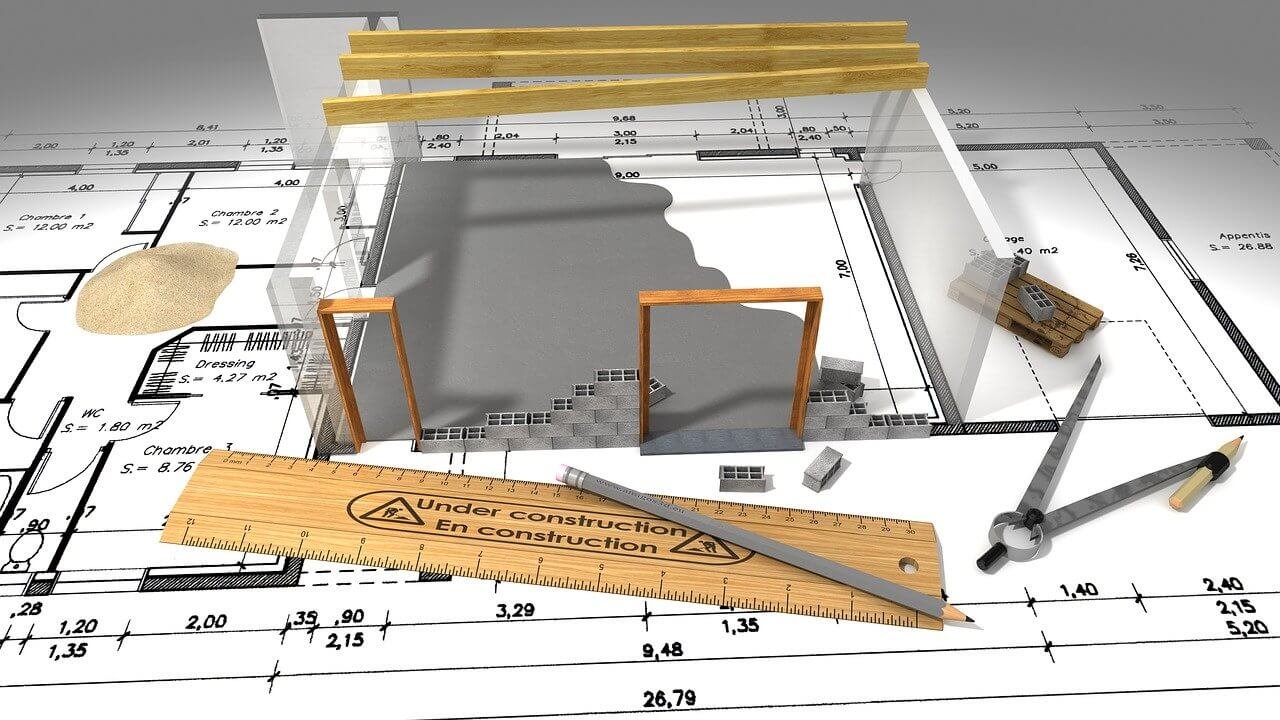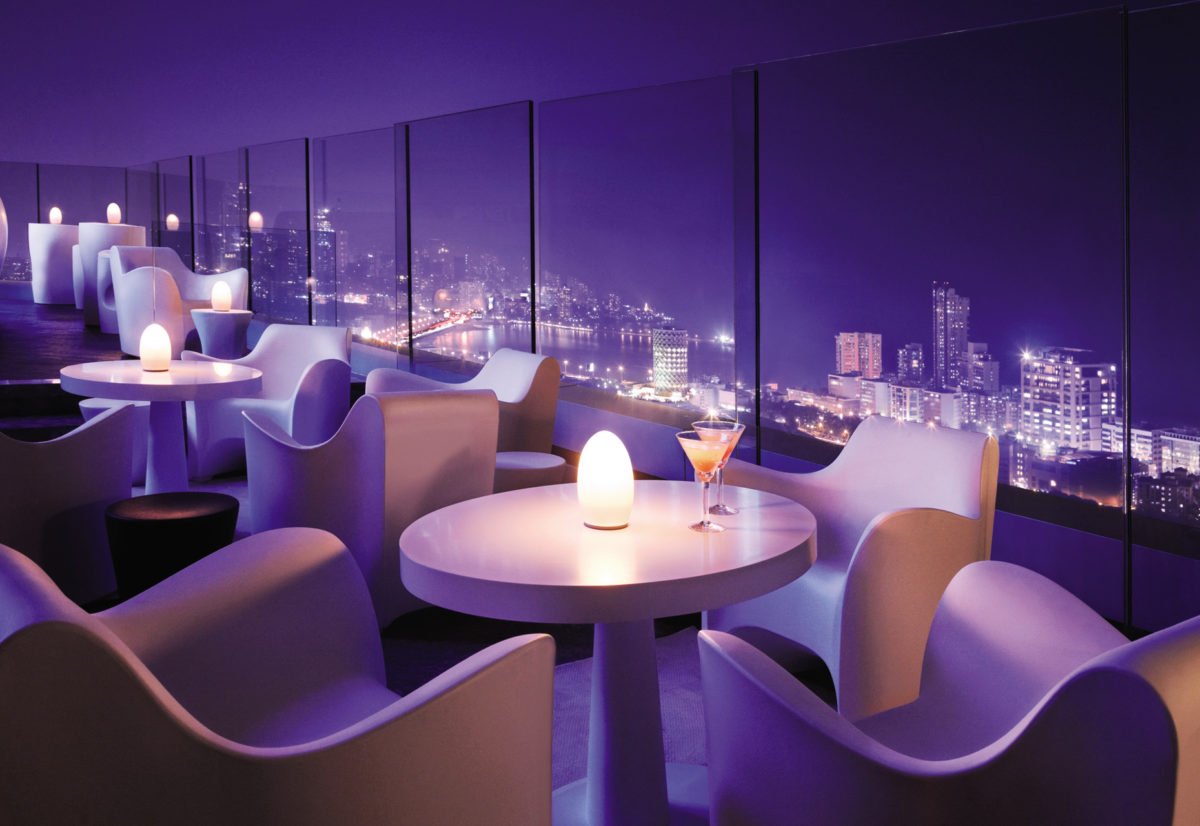175 Acre site at the base of Mt.Fuji is set to become the ‘Woven City’ – connected ecosystem filled with high-tech treats.
The Context:
Toyota motor cop revealed plans to build a prototype ‘city’ of the future at the base of Mt.Fuji, Japan, where it will be a fully connected ecosystem powered by hydrogen fuel cells. Titled as ‘Woven City,’ the community will as a ‘living laboratory,’ serving as a home to full-time residents and researches who will test and develop technologies like- robotics, autonomy, personal mobility, smart homes, and artificial intelligence. The proposed buildings will be made of wood, where traditional Japanese wood joinery will be combined with robotic production methods.
“Use of different technologies is the beginning to radically change how we inhabit and navigate our cities“

The ‘Woven City’ is the world’s first urban incubator pushing forward the development and progress of mobility. The design of the city is by famed Danish Architect Bjarke Ingels, who did previous projects like the World Trade Center and Google’s Mountain View and London headquarters.
Situated on the site of a shuttered Toyota assembly plant, it’s to be a showplace for cleantech, mobility, and experiments, AI-enables everything, and next-generation architecture that will be home to 2,000 residents. The 175-acre project is to have a stationary hydrogen-electric system, complemented by extensive rooftop solar installations.
According to Akio Toyoda, with people, buildings, and vehicles all connected and communicating with each other through data and sensors, they will be able to test connected AI technology. In both virtual and physical realms, maximizing its potential.
Some features of the ‘Woven City’ include:
- Using solar energy, geothermal energy, and hydrogen fuel cell technology, the planned city will use smart ways for the functioning of a city.
- Dedicated lanes of a flexible network for various speeds of mobility for safer, pedestrian-friendly connections.
- Integration of ‘woven’ into 3×3 city blocks framing a courtyard accessible only via the promenade or linear park. Each expanding in size relatively to the program it will host.
- The infrastructure of the city lies underground, including amenities like- hydrogen power, stormwater filtration, and ‘matternet’ (a goods delivery network).
- The built environment of mass timber construction will be made out of carbon-sequestering wood with photovoltaic panels installed on roofs.
- The woven city will consist of mix housing, retail, and business. Further giving a scope of traditional craftsmanship and future sustainable technologies.
- 175- acre site will be home to 2,000 residents.
- The city will also be built on a stretched grid of pathways that aim to separate designations for self-driving mobility pods, pedestrians, and lower-speed mobility devices like electric scooters and bicycles.
- The buildings will be made up of primarily of carbon-neutral wood and combine the traditional craft of Japanese wood joinery with new technology like robotic methods.
- Each block will be home to a mix of spaces for living and working.
The city will separate the forms of mobility, the first type for faster transportation (vehicles with zero emissions), the second type will be an urban promenade shared by pedestrians and slower personal mobility, and the third type wil be linear parks with paths for only pedestrians.
Toyota has also planned on to connect or weave the outdoors throughout the woven city, with native vegetation and hydroponics. Publics areas will be having neighborhood parks and central parks for recreation, bringing the community together. With people, buildings, and vehicles all connected and communicating with each other through data and sensors.
Residents will be equipped with the latest technologies, like in-home robotics, assisting with daily living. The homes will also use sensor-based AI to check occupants’ health, take care of basic needs, and enhance everyday life, creating opportunities to deploy connected technologies with integrity and trust.
Building a smart city from scratch opens the gateway to the development of future technologies. Interconnected, emission-free, and shared mobility will be a significant part of the sustainable city of the future, providing opportunities for a new kind of urban life.
To know more about Architecture Technology, Stay Tuned.



